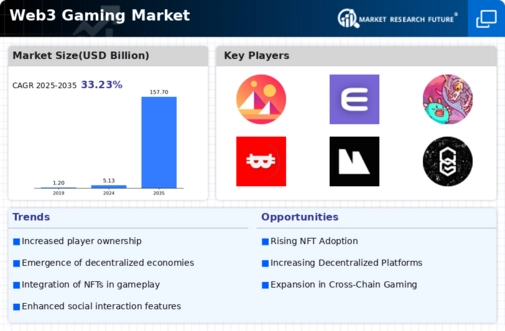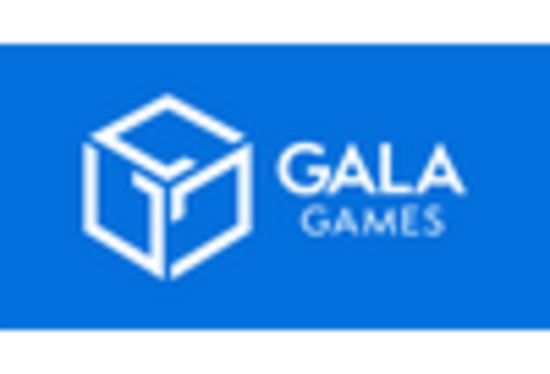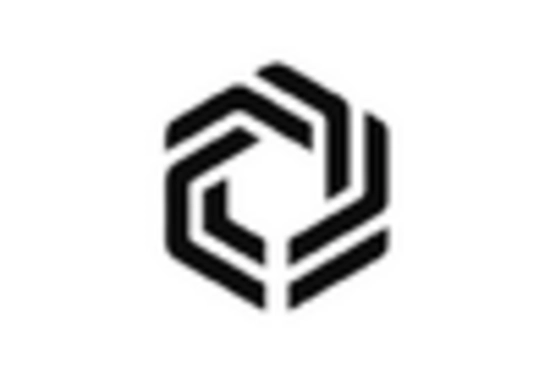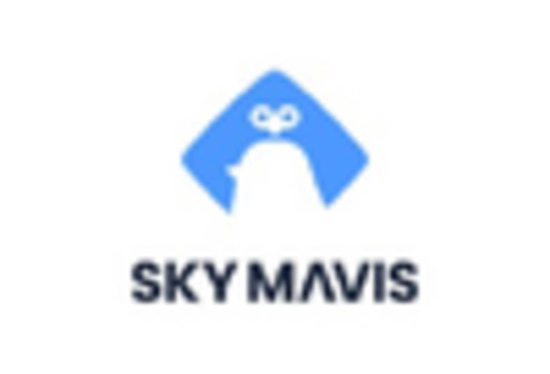Community-Driven Development
Community-driven development is emerging as a significant trend in the Web3 Gaming Market. By involving players in the decision-making process, developers can create games that resonate more deeply with their audience. This approach fosters a sense of belonging and loyalty among players, which can lead to sustained engagement. Data suggests that games with active community involvement tend to have higher success rates, as players feel invested in the game's evolution. Moreover, community feedback can lead to more innovative features and gameplay mechanics, enhancing the overall gaming experience. As the Web3 Gaming Market continues to evolve, the emphasis on community-driven development may become a defining characteristic, shaping the future of game design and player interaction.
Decentralized Finance Integration
The integration of decentralized finance (DeFi) within the Web3 Gaming Market appears to be a pivotal driver. By enabling players to earn, trade, and invest in-game assets through decentralized platforms, the market is witnessing a surge in user engagement. Reports indicate that the DeFi sector has seen a substantial increase in total value locked, which correlates with the rising interest in gaming applications. This integration not only enhances the gaming experience but also provides players with financial incentives, thereby attracting a broader audience. As players seek more than just entertainment, the potential for financial gain through gaming becomes a compelling factor. Consequently, the Web3 Gaming Market is likely to expand as more games incorporate DeFi elements, creating a symbiotic relationship between gaming and finance.
Interoperability Across Platforms
Interoperability across different gaming platforms is a crucial driver in the Web3 Gaming Market. The ability for players to use their assets across multiple games and platforms enhances the overall value of in-game purchases. This interconnectedness not only increases player engagement but also encourages developers to create more versatile gaming experiences. Market trends indicate that players are increasingly seeking games that allow for cross-platform asset usage, as it provides greater flexibility and enhances the gaming experience. As technology advances, the Web3 Gaming Market is likely to see more collaborations between developers, leading to a more cohesive gaming ecosystem. This trend could potentially redefine how players interact with games and their assets, fostering a more dynamic and engaging environment.
Rise of Non-Fungible Tokens (NFTs)
The proliferation of non-fungible tokens (NFTs) is a notable driver within the Web3 Gaming Market. NFTs enable players to own unique in-game items, characters, and skins, which can be bought, sold, or traded on various marketplaces. This ownership model not only enhances player engagement but also introduces new revenue streams for developers. Market data indicates that NFT sales in gaming have surged, with some titles generating millions in revenue from digital assets. The appeal of NFTs lies in their scarcity and uniqueness, which can create a sense of exclusivity among players. As more games adopt NFT technology, the Web3 Gaming Market is likely to experience increased investment and participation, further solidifying its position in the broader gaming landscape.
Enhanced User Experience through Blockchain
The utilization of blockchain technology in the Web3 Gaming Market is transforming user experiences. By ensuring transparency, security, and ownership of in-game assets, blockchain enhances trust among players. This technology allows for the creation of unique, tradable assets, which can significantly increase player investment in games. Data suggests that games leveraging blockchain technology have seen higher retention rates, as players feel a sense of ownership over their digital assets. Furthermore, the ability to transfer assets across different games and platforms fosters a more interconnected gaming ecosystem. As developers continue to innovate and improve the user experience through blockchain, the Web3 Gaming Market is poised for substantial growth, attracting both casual and hardcore gamers alike.

















Leave a Comment